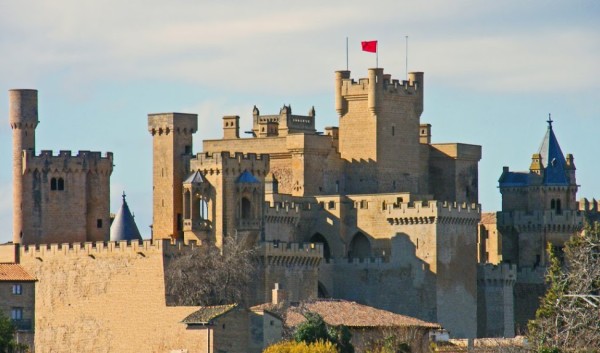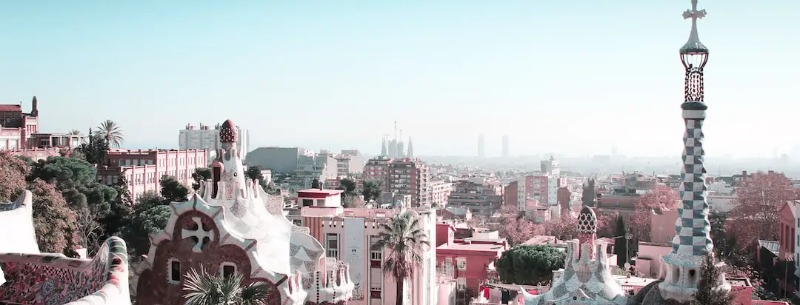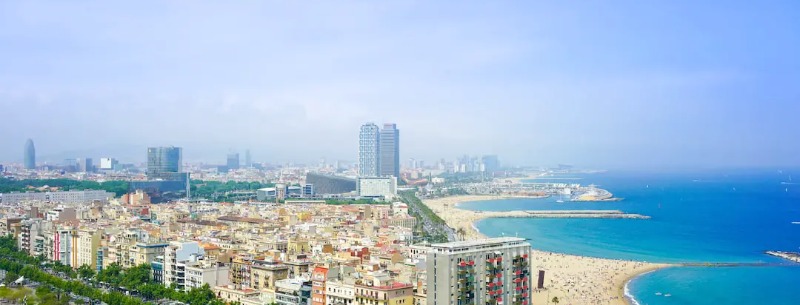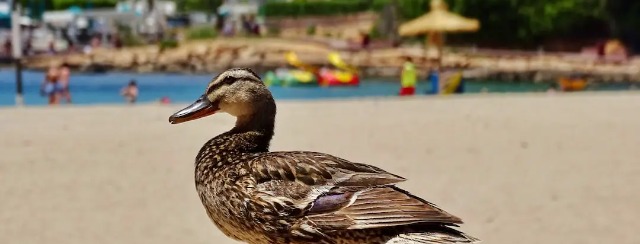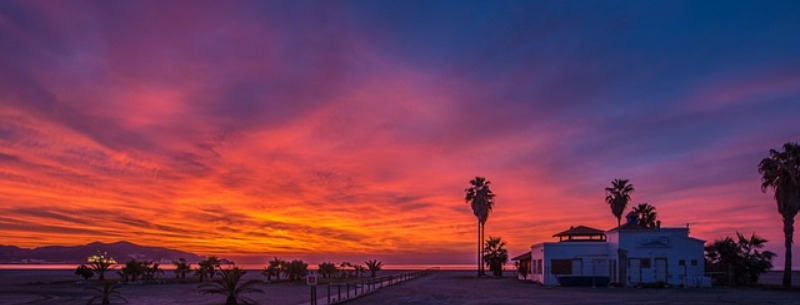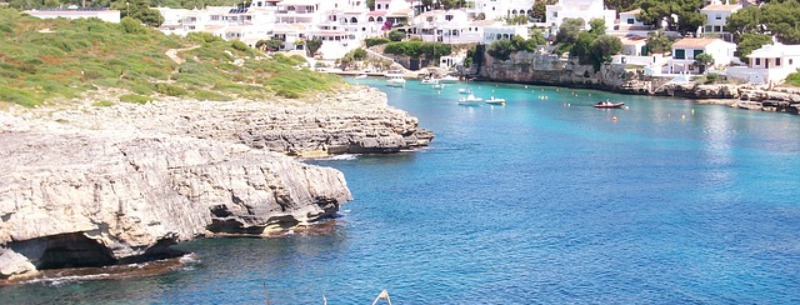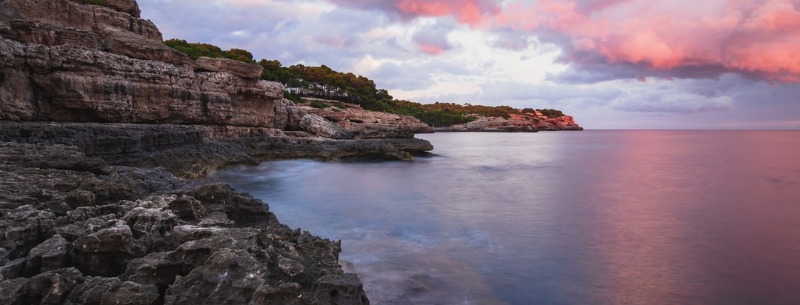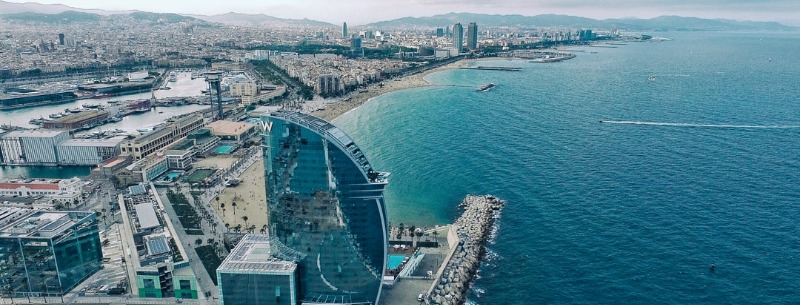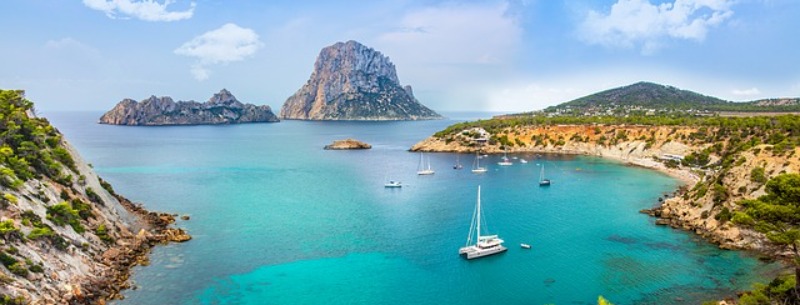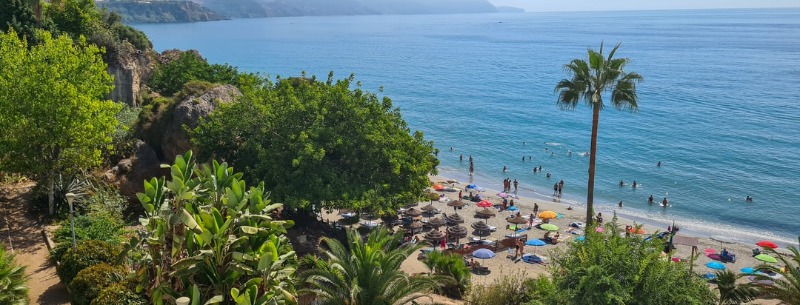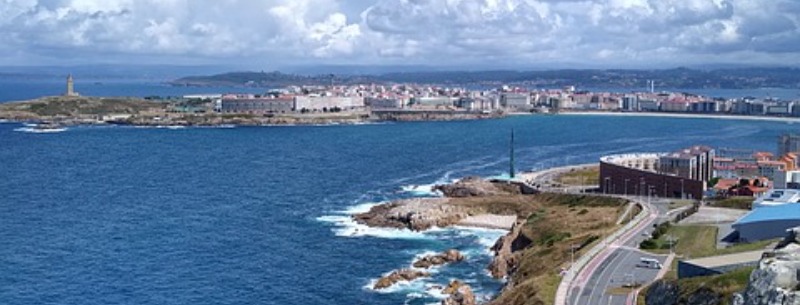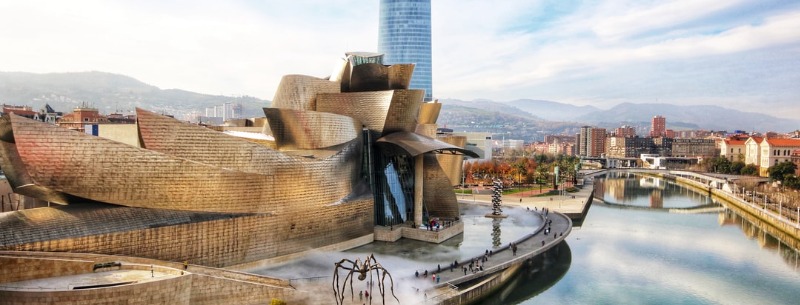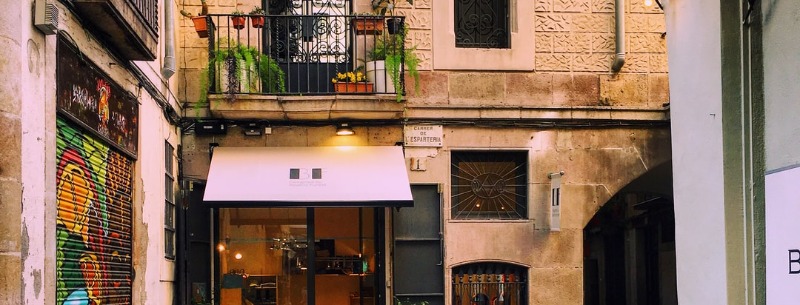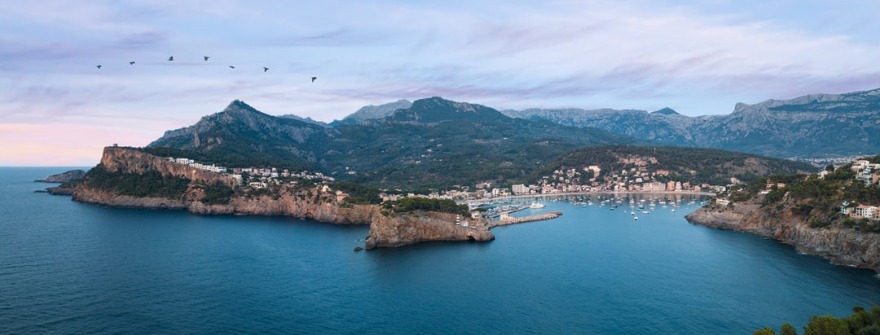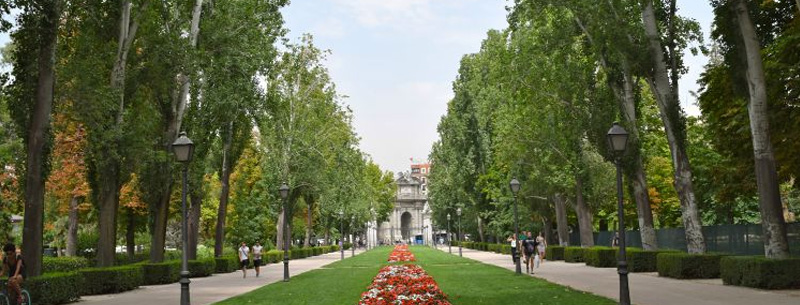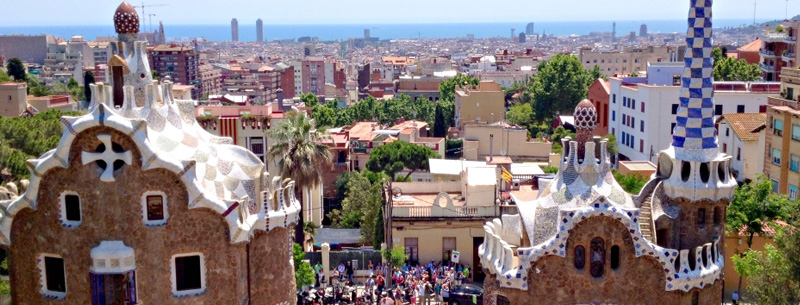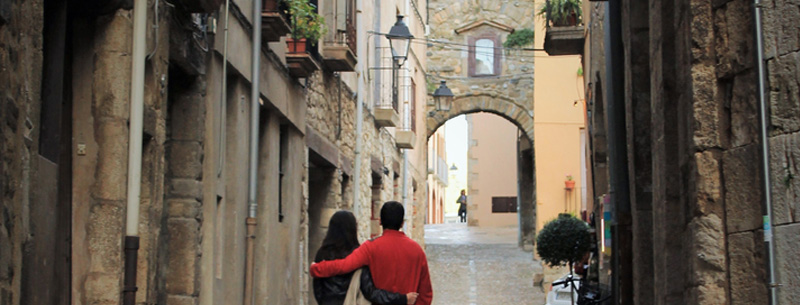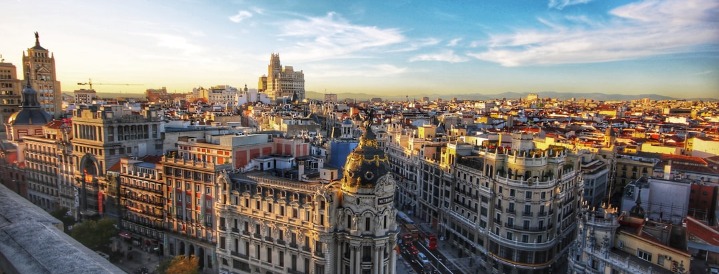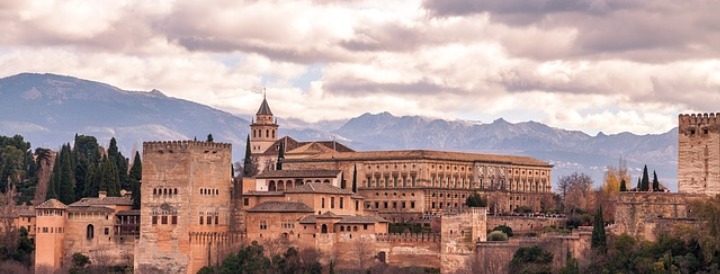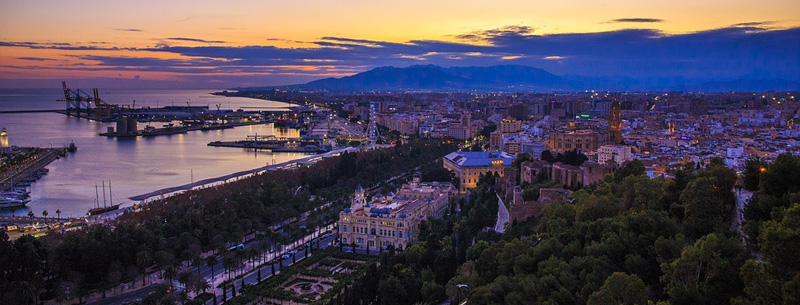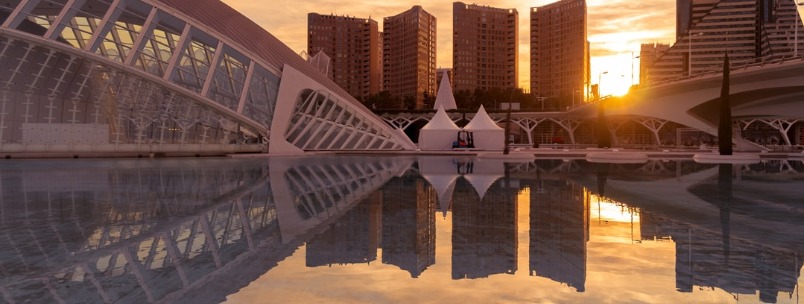2024 Spain Visitors Guide
If you are coming to Spain for the first time, be warned: this is a country that fast becomes an addiction. You might intend to come just for a beach holiday, or a tour of the major cities, but before you know it you’ll find yourself hooked by something quite different – by the celebration of some local fiesta, perhaps, or the amazing nightlife in Madrid, by the Moorish monuments of Andalucia, by Basque cooking, or the wild landscapes and birds of prey of Estremadura. And by then, of course, you will have noticed that there is not just one Spain but many. Indeed, Spaniards often speak of Las Españas (the Spains) and they even talk of the capital in the plural – Los Madriles, the Madrids.
This regionalism is an obsession and perhaps the most significant change to the country over recent decades has been the creation of seventeen autonomías – autonomous regions – with their own governments, budgets, and cultural ministries. The old days of a unified nation, governed with a firm hand from Madrid, seem to have gone forever, as the separate kingdoms that made up the original Spanish state reassert themselves. The differences are evident wherever you look: in language, culture, and artistic traditions, in landscapes and cityscapes, and in attitudes and politics.
The cities – above all – are compellingly individual. Barcelona, for many, has the edge: for Gaudí’s splendid modernista architecture, the lively promenade of Las Ramblas, designer clubs par excellence, and, not least, for Barça – the city’s football team. But Madrid, although not as pretty, claims as many devotees. The city and its people immortalized in the movies of Pedro Almodóvar, have a vibrancy and style that is revealed in a thousand bars and summer Terrazas. Not to mention three of the world’s finest art museums. Then there’s Sevilla, home of flamenco and all the clichés of southern Spain; Valencia, the vibrant Levantine city with an arts scene and nightlife to equal any European rival; and Bilbao, a new entry on Spain’s cultural circuit, due to Frank Gehry’s astonishing Guggenheim museum.
Monuments range just as widely from one region to another, dependent on their history of control and occupation by Romans and Moors, their role in the “golden age” of Imperial Renaissance Spain, or their twentieth-century fortunes. Touring Castile and León, you confront the classic Spanish images of vast cathedrals and reconsquista castles – literally hundreds of the latter; in the northern mountains of Asturias and the Pyrenees, tiny, almost organic Romanesque churches dot the hillsides and villages; Andalucía has the great mosques and Moorish palaces of Granada, Sevilla, and Córdoba; Castile has the superbly preserved medieval capital, Toledo, and the gorgeous Renaissance university city of Salamanca; while the harsh landscape of Estremadura cradles the ornate conquistador towns built with riches from the “New World”.
Not that Spain is predominantly about buildings. For most visitors, the landscape holds just as much fascination – and variety. The evergreen estuaries of Galicia could hardly be more different from the high, arid plains of Castile, or the gulch-like desert landscapes of Almería. Agriculture makes its mark in the patterned hillsides of the wine- and olive-growing regions and the rice fields of the Levante. Spain is also one of the most mountainous countries in Europe, and there is superb walking and wildlife in a dozen or more sierras – above all in the Picos de Europa and Pyrenees. Spain’s unique fauna boasts protected species like brown bears, the Spanish lynx, and Mediterranean monk seals as well as more common wild boar, white storks, and birds of prey.
Destinations in Spain
One of Spain’s greatest draws is undeniably its beaches although with infinitely more variety than you would be led to believe from the sun-and-sand holiday brochures. Long tracts of coastline – along the Costa del Sol, in particular – have been developed into concrete hotel and villa complexes but delightful pockets remain even on the big tourist coasts. On the Costa Brava, the string of coves between Palamos and Begur is often overlooked, while in the south there are superb windsurfing waters around Tarifa and some decidedly low-key resorts along the Costa de la Luz. In the north, the cooler Atlantic coastline boasts the surfing sands of Cantabria and the unspoiled coves of Galicia’s estuaries. Offshore, the Balearic islands have some superb sands and, if you’re up for it, Ibiza also offers one of the most hedonistic backdrops to beach life in the Mediterranean.
Wherever you are in Spain, you can’t help but notice the Spaniards’ infectious enthusiasm for life. In the cities, there is always something happening – in bars and clubs, on the streets, and especially at fiesta times. Even in out-of-the-way places, there’s a surprising range of nightlife and entertainment, not to mention the daily pleasures of a round of tapas, moving from bar to bar, having a beer, a glass of wine, or a fino (dry sherry) and a bite of the house specialty.
The identity and appeal of each of the regions are explored in the introductions, where you’ll find a rundown of their highlights.
Bullfights
Bullfights are an integral part of many fiestas. In the south, especially, any village that can afford it will put on a corrida for an afternoon, while in big cities like Madrid or Sevilla, the main festival times are accompanied by a week-long (or more) season of prestige fights.
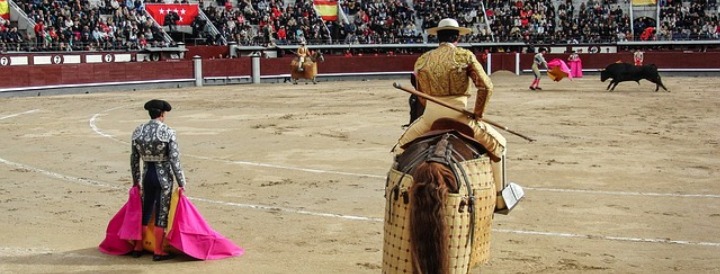
Los Toros, as Spaniards refer to bullfighting, is big business. It is said that 150,000 people are involved, in some way, in the industry, and the top performers, the matadores, are major earners, on par with the country’s biggest pop stars. There is some opposition to the activity from animal welfare groups but it is not widespread: if Spaniards tell you that bullfighting is controversial, they are likely to be referring to practices in the trade. In recent years, bullfighting critics (who you will find on the arts and not the sports pages of the newspapers) have been expressing their perennial outrage at the widespread but illegal shaving of bulls’ horns prior to the corrida. Bulls’ horns are as sensitive as fingernails, and filing them a few millimeters deters the animal from charging; they affect the bull’s balance, too, further reducing the danger for the matador.
Notwithstanding such abuse (and there is plenty more), Los Toros remains popular throughout the country. To aficionados (a word that implies more knowledge and appreciation than “fan”), the bulls are a culture and a ritual – one in which the emphasis is on the way man and bull “perform” together – in which the arte is at issue rather than the cruelty. If pressed on the issue of the slaughter of an animal, they generally fail to understand. Fighting bulls are, they will tell you, bred for the industry; they live a reasonable life before they are killed, and, if the bullfight went, so too would the bulls.
If you spend any time at all in Spain during the season (which runs from March to October), you will encounter Los Toros on a bar TV – and that will probably make up your mind whether to attend a corrida. If you decide to go, try to see a big, prestigious event, where star performers are likely to despatch the bulls with “art” and a successful, “clean” kill. There are few sights worse than a matador making a prolonged and messy kill, while the audience whistles and chucks cushions over the barrera. If you have the chance to see one, the most exciting and skillful events are those featuring mounted matadores or rejoneadores ; this is the oldest form of corrida, developed in Andalucía in the seventeenth century.
Established and popular matadores include the veteran Enrique Ponce, César Rincón, Victor Mendes, Joselito, Litri, David “El Rey” Silveti and José María Manzanares. Two newer stars are Sevilla’s golden boy, Antonio Bareas, and the 18-year-old prodigy Julián “El Juli” López. Cristina Sánchez, the first woman to make it into the top flight for many decades, retired in 1999, blaming sexist organizers, crowds, and fellow matadores – many of whom refused to appear on the same bill as a woman. A complete guide to bullfighting with exhaustive links can be found at www.mundo-taurino.org .
Amazing Castles in Spain
Spain is a beautiful country where you can enjoy several wonderful attractions. Here you can find many castles that will be interesting attractions for you. It is said that Spanish castles weren’t built to be attractive, but however, there are a couple of exceptions. These impressive structures are serious, solid, and also scary. These castles were built with the purpose to withstand sieges from invaders. Visiting these impressive Spanish castles will help you understand medieval military history. Here are some great castles to see in Spain:
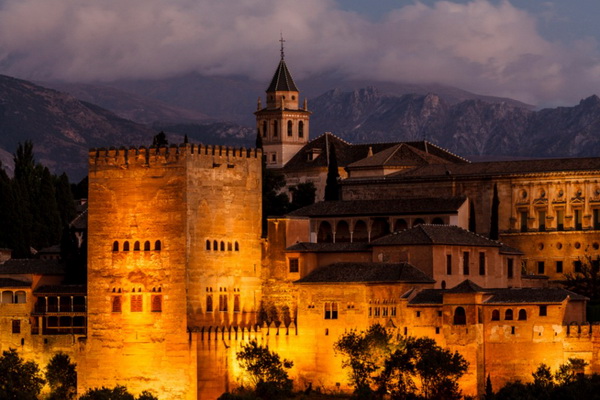
Alhambra
If you have time to visit only one castle in Spain, that castle should be Alhambra. This impressive castle is situated in Granada. Alhambra actually is the most famous castle in this country. Alhambra also means “Red Castle” in Arabic and its architecture is compared to an ancient fortress. Its structure is intriguing and stunning and has a little influence on the Moors, who inhabited it for a few centuries. Alhambra is visited by many tourists every year which is why it is recommended to book your tickets in advance.
Alcazar of Segovia
Alcazar of Segovia is a little different in comparison with other castles in Spain. This castle doesn’t look like a fortress and is more like a fairy-tale mold of European castles. It is said that Alcazar was an inspiration for the Cinderella Castle at Walt Disney World. This castle is positioned on a hill and gives the impression that it is like a ship sailing over the visitors. Alcazar of Segovia served as a home for the royal family, including Isabella I, crowned in 1474. These days, Alcazar serves as a museum, displaying armory and paintings.
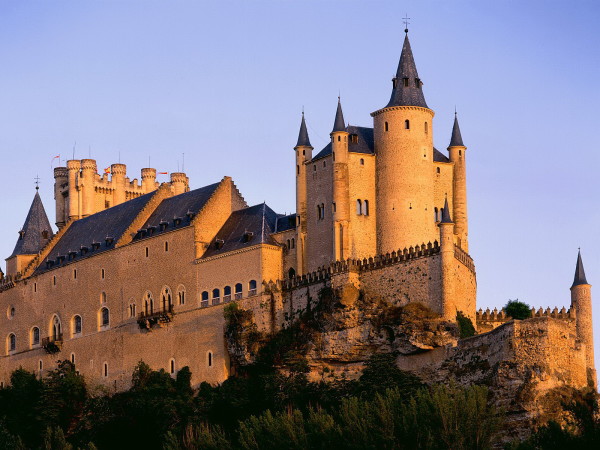
Olite Castle
When visiting Olite Castle, you will experience a different royalty culture from this country. This beautiful castle is also known as the Palacio Real de Olite. The Olite Castle was built on first-century Roman ruins, but its construction did not start until many centuries later. Unfortunately, Olite Castle fell into disrepair and it hasn’t been restored since 1937.
